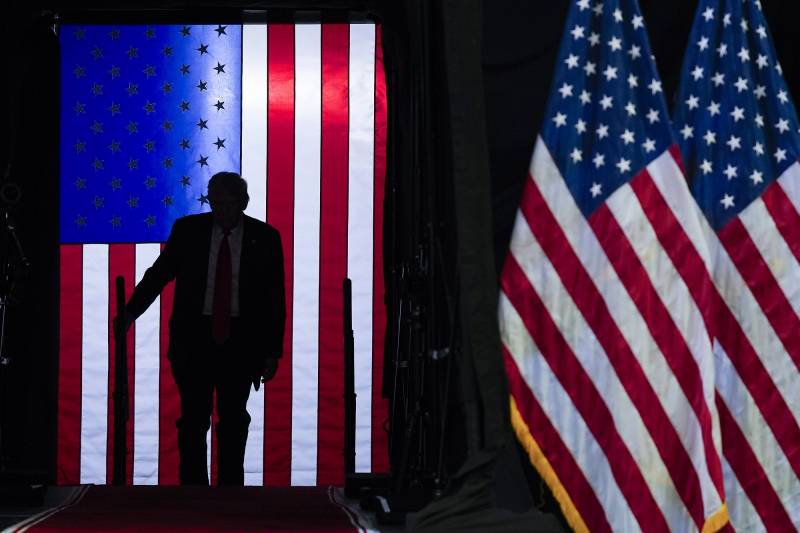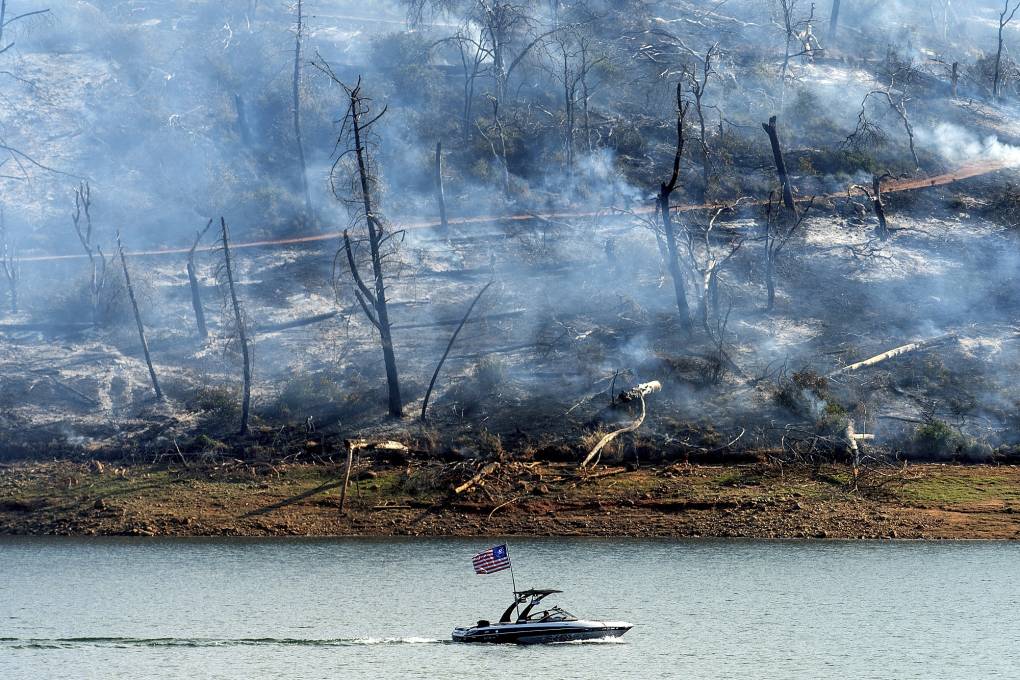That decision fits into a larger pattern, said Ann Carlson, an environmental law professor at UCLA and former chief counsel and acting administrator of the National Highway Traffic Safety Administration, under the Biden-Harris administration.
“The Supreme Court in the past year and a half or so has taken up four separate environmental cases and has struck down environmental regulations in every one of them, and they’ve done so on different grounds,” Carlson said.
The basis of those decisions — what’s known as the major questions doctrine — could be a bigger threat to California’s ability to regulate itself than any individual decision, such as the Chevron doctrine, she said.
“The basic idea from the court is that if a regulation transforms the economy in a significant way, and Congress hasn’t directly told the agency to issue that regulation, then the agency lacks the power to do that,” Carlson said.
In 2022, the court used this doctrine to invalidate the Clean Power Plan (despite it already being scuttled by the Trump administration). It was used to invalidate vaccine mandates for corporations and businesses under the Occupational Safety and Health Administration. The court also used it to strike down President Biden’s student loan forgiveness program.
“So this is a doctrine that they’ve been employing a lot to invalidate big regulatory programs issued by the Biden administration,” Carlson said.
A petition for the court to take up a case challenging California’s ability to set its own extra-tough vehicle emissions standards is still pending. Under that authority, California has enacted the Advanced Clean Cars Program and will push automakers to sell an increasing number of electric vehicles in the state. The state considers this key to meeting not only its climate goals but also its clean air requirements.
Regardless of who is the next president, “there’s big legal threats right now to California’s ability to regulate,” Carlson said. “And then if Trump were to succeed and be elected president, there will be big political threats to California’s authority to regulate.”
Nichols, the former head of the California Air Resources Board, worries that the legal threats will make state officials wary of carrying out lawsuits. “Are we so afraid of being taken to court or going to court that we end up, you know, not standing up for things that we should be standing up for?”
California is likely to continue to face challenges at the Supreme Court, she said, but the state’s prospects will depend on the individual cases.
“I’m not convinced that this Supreme Court is just out to screw California or that they really want to, you know, prevent electric cars,” Nichols said. “We’re not automatically screwed. But it doesn’t mean that it’s not going to be harder than it was the last time around.”
Whatever happens in November
Ignoring the political horse race for a moment, Californians would do well to consider the fact that climate change is real, being felt by residents of the state every day and that burning fossil fuel is the primary driver of global heating.
“We are on the edge of existential crisis,” Carlson said. “We cannot afford to wait any longer to attack the problem as vigorously as possible.”


